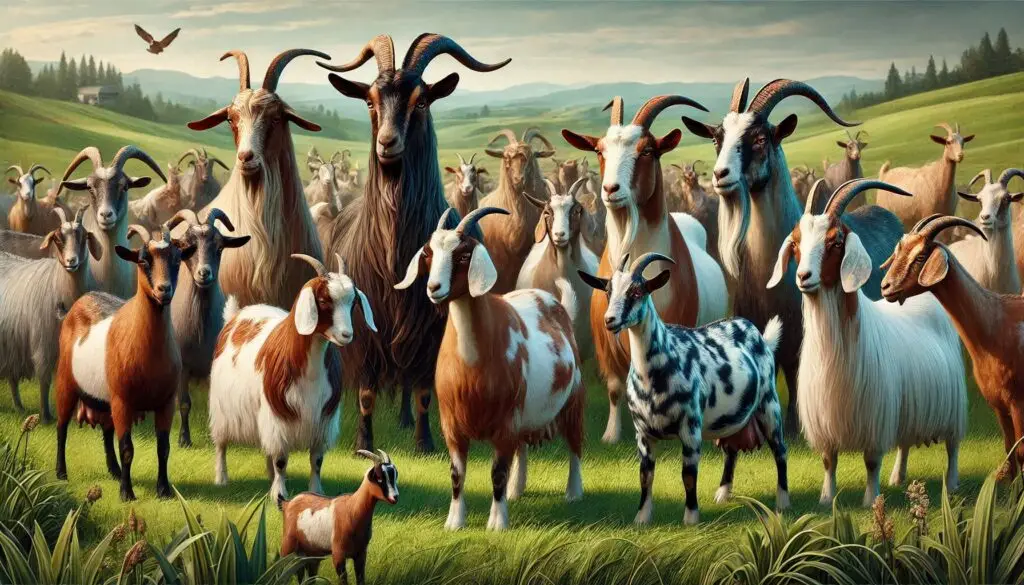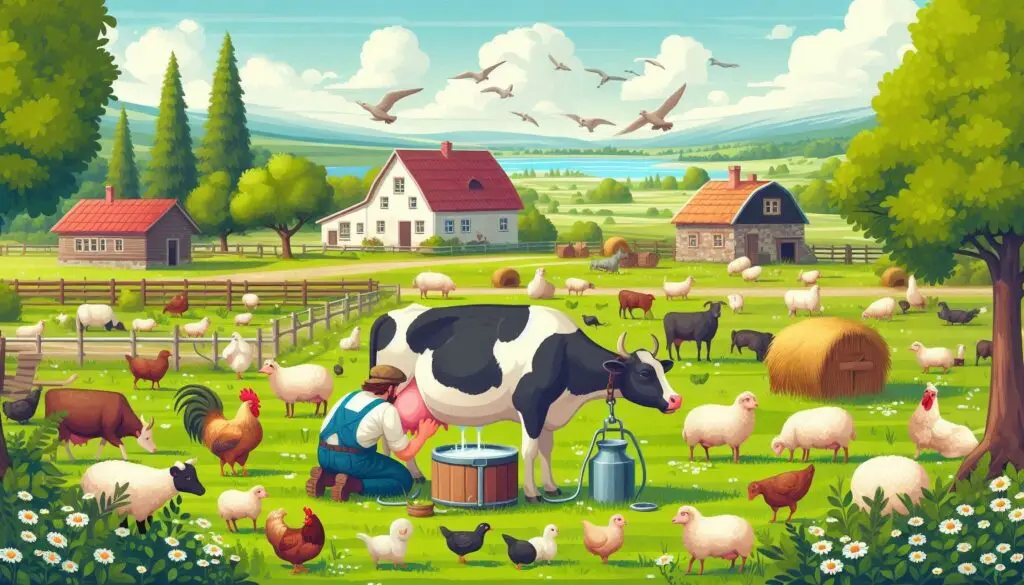Major Swine Breeds

The Importance of Swine Breeds
Swine breeds vary significantly in terms of appearance, growth rates, meat quality, and maternal abilities. Selecting the right breed can enhance productivity and profitability. For a deeper understanding of swine genetics and breeding practices, you can visit Pork Checkoff.
Key Factors in Choosing a Swine Breed
When selecting a breed, consider factors such as:
- Meat quality: Some breeds produce more flavorful and tender meat.
- Growth rate: Faster-growing pigs can lead to quicker returns on investment.
- Mothering ability: Breeds with strong maternal traits can improve piglet survival rates.
- Adaptability: Certain breeds thrive better in specific environments.
Now let’s delve into the characteristics of some popular swine breeds.
Major Swine Breeds
Duroc
Overview
Duroc pigs are easily recognized by their reddish-brown coat. They are known for their high meat quality and good growth rates.
Characteristics
Durocs are calm and easy to manage. Their hardiness makes them suitable for various farming conditions. They also have excellent feed conversion ratios. For more information on Duroc pigs, check out National Swine Registry.
Uses
Farmers often use Durocs in crossbreeding to improve meat characteristics in commercial herds.
Berkshire
Overview
Berkshire pigs are black with distinctive white markings. They are highly regarded for their marbled meat.
Characteristics
This breed is known for its flavorful pork. Berkshires also have good growth rates and reproductive efficiency.
Uses
Berkshires are often used in premium pork production. Their meat is sought after for its taste and texture. To learn more about Berkshire pigs, visit Berkshire Pig Association.
Yorkshire (Large White)
Overview
Yorkshire pigs are white with erect ears. They are known for their excellent mothering abilities.
Characteristics
This breed produces large litters and has low backfat levels. Yorkshire pigs are also known for their adaptability to different environments.
Uses
Farmers commonly use Yorkshire pigs in crossbreeding programs to enhance piglet survival rates. For additional insights on Yorkshire pigs, see Yorkshire Pigs.
Hampshire
Overview
Hampshire pigs are easily identifiable by their black bodies and white belt around their midsection.
Characteristics
They produce lean muscle with minimal backfat. Hampshires have good growth rates and feed efficiency.
Uses
Hampshires are popular in commercial pork production due to their meat quality. For more details on Hampshire pigs, check out Hampshire Swine.
Landrace
Overview
Landrace pigs are white with long bodies and drooping ears. They excel in maternal abilities.
Characteristics
This breed is known for producing large litters and high-quality milk for nursing piglets.
Uses
Landrace pigs are often used in breeding programs aimed at improving litter size and survival rates. For further information about Landrace pigs, visit Landrace Pigs.
Chester White
Overview
Chester White pigs are white with drooping ears. They are known for their strong maternal instincts.
Characteristics
This breed produces high-quality pork with good muscle content. Chester Whites are also hardy animals that adapt well to various environments.
Uses
Farmers frequently use Chester Whites in crossbreeding to enhance meat production traits. For more details on Chester White pigs, see Chester White Association.
Tamworth
Overview
Tamworth pigs have a striking ginger color and erect ears. They are known for their hardiness.
Characteristics
This breed has excellent foraging abilities, making them suitable for pasture-based systems.
Uses
Tamworths are often raised for their superior meat quality, particularly in gourmet markets. To learn more about Tamworth pigs, visit Tamworth Pig Society.
Pietrain
Overview
Pietrain pigs have a white coat with black spots. They are recognized for their lean meat production.
Characteristics
This breed is known for strong muscling traits and efficient feed conversion ratios.
Uses
Pietrains are commonly used to improve carcass traits in commercial herds. For additional information on Pietrain pigs, check out Pietrain Pigs.
Poland China
Overview
Poland China pigs are black with white markings on their face and legs.
Characteristics
They exhibit good growth rates and produce high-quality meat with desirable flavor profiles.
Uses
Poland China pigs are frequently raised in commercial pork production settings due to their efficiency and quality traits. For more details on Poland China pigs, visit Poland China Association.
Middle White
Overview
Middle White pigs are small to medium-sized with a broad face and white coat.
Characteristics
This breed is known for its exceptional pork quality, making it popular among gourmet producers.
Uses
Middle Whites are primarily bred for specialty markets that demand high-quality pork products. To learn more about Middle White pigs, see Middle White Pig Society.
Conclusion
Understanding different swine breeds is essential for anyone involved in pork production. Each breed offers unique advantages that cater to specific needs within the industry. By selecting the right breed based on characteristics such as growth rate, meat quality, and maternal abilities, farmers can significantly enhance productivity and profitability.
More from Genetics and Animal Breeding:
The Full-Sib Method in Livestock Breeding






Responses